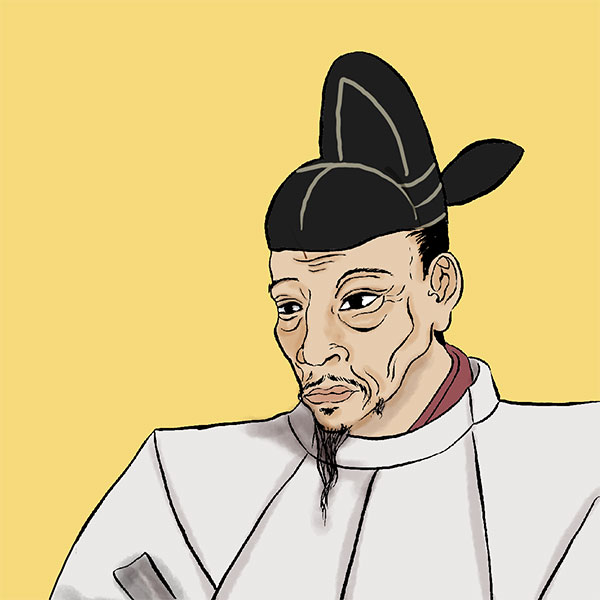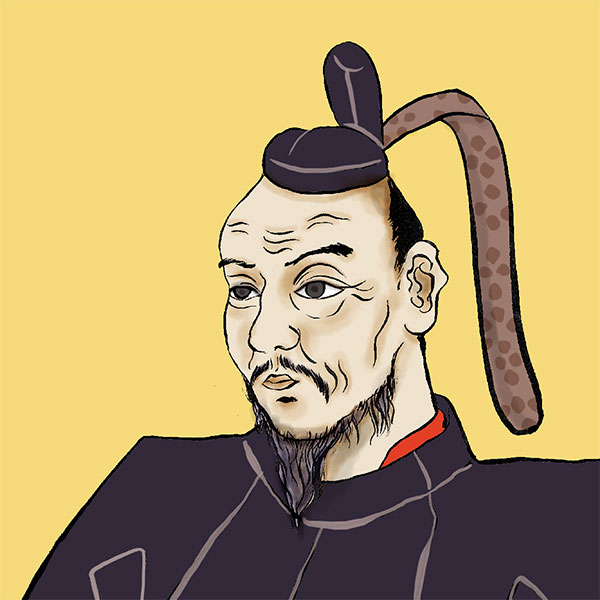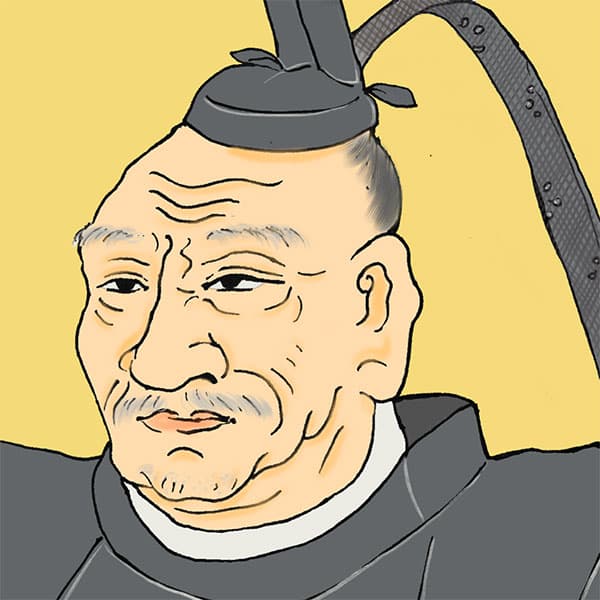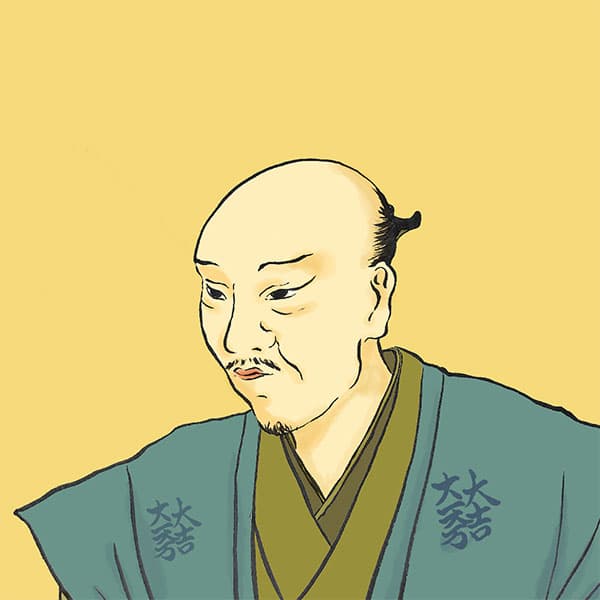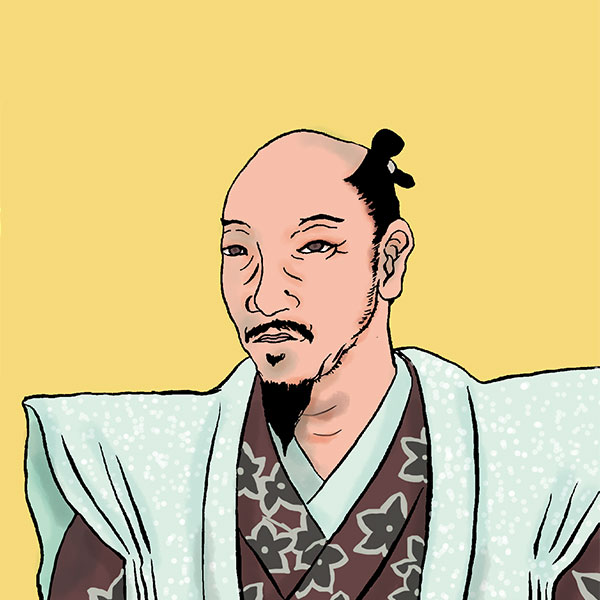Keicho no Yaku (2/2)The dispatch of troops to Korea that ended with Hideyoshi's death, Part 2
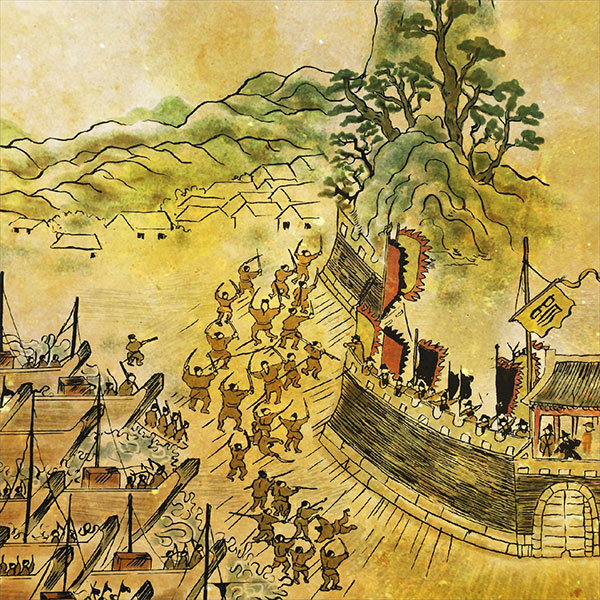
Keicho role
- Article category
- case file
- Incident name
- Keicho no Eki (1597-1598)
- place
- Saga prefecture/Nagasaki prefecture
- Related castles

Nagoya Castle

Kushima Castle

Kumamoto Castle
In response, the Korean army also made preparations to intercept the Japanese army. Yi Sun-shin, who was active in the Bunroku War, was dismissed for repeated violations of orders such as attacking the Japanese army during peace negotiations and disobeying orders to prevent Kato Kiyomasa's landing in Korea. was in command of the.
Then, in July, the battle between the Japanese and Korean forces finally begins. The Japanese navy led by Takatora Todo played an active role in the Battle of Urushikawaryo, where naval battles were the main focus. The Japanese army won an overwhelming victory, and Motoyoshi was killed in battle. After that, the Japanese army continued to make rapid advances, and Yi Sun-shin, who had regained his position at sea, tormented the Japanese army, but by September the Japanese army had succeeded in conquering Jeolla and Chungcheong provinces, as originally intended. . After advancing to Gyeonggi-do, they began construction of a Wa castle for the permanent residence of the feudal lords as originally planned. It was decided that eight new castles would be constructed in addition to the castles that had been used during the Bunroku era. In response, the Ming and Korean forces launched an attack to quickly destroy the castle.
Keicho War ③ First Battle of Ulsan Castle
What happened then was the highlight battle of the Keicho War, ``The Battle of Ulsan Castle.'' The stage for the two battles was Ulsan Wa Fortress (Ulsan Metropolitan City, Republic of Korea), which was located at the easternmost tip of the Wa Fortress. Kiyomasa Kato is in charge of the territory, and Hidemoto Mouri and Yukinaga Asano are in charge of building the castle. The first battle occurred on December 22, 2016, during the construction of the castle. Approximately 57,000 Ming and Korean troops attacked Kiyomasa to defeat him. Kiyomasa played a great role in the Bunroku War, and the Ming and Koreans believed that ``Kiyomasa is Japan's strongest military commander. If he was defeated, the morale of the Japanese army would be greatly reduced.''
When Ulsan Castle was attacked, Kato Kiyomasa was away visiting Seoseongpo Wa Castle. The Japanese army, caught by surprise, struggled. They have no choice but to besiege themselves in an unfinished castle, and desperately defend it without sufficient provisions. Kiyomasa also hurriedly returned to the castle, and although he defeated the Ming and Korean forces several times, by January of the following year, 1598, he had reached his limit. Ten days after the castle was besieged, 13,000 reinforcements led by Hidemoto Mori, Nagamasa Kuroda, Iemasa Hachisuka, and others arrived in a critical situation where the castle was in danger of falling. Due to the great success of the reinforcements, the Ming and Korean forces faced a crushing defeat with approximately 20,000 casualties, and many of their commanders died. They were forced to retreat to Hanseong.
The Japanese army had defeated the Ming and Korean forces, but based on the First Battle of Ulsan Castle, 13 generals, including Hideie Ukita and Hidemoto Mori, proposed a plan to reduce the front by abandoning the three castles of Ulsan, Suncheon, and Liang. I will report this to Hideyoshi. The reason was that it would be difficult to send reinforcements, but Yukinaga Konishi and Muneshige Tachibana were against it. Hideyoshi rejected the proposal and reprimanded the 13 people.
Furthermore, among the military inspectors dispatched by Mitsunari Ishida, Nagaya Fukuhara, Naomori Kumagai, and Kazunao Kakimi reported to Hideyoshi that Nagamasa Kuroda and Iemasa Hachisuka were not fighting at first. In particular, Iemasa Hachisuka has been criticized for ``pursuing too much.'' Hideyoshi was furious and punished the two men. By the way, it seems that Kiyomasa Kato, Yukinaga Asano, Hidemoto Mori, and others who fought hard in the war were not well-received and left behind.
It was Ishida Mitsunari who conveyed this military rating to Hideyoshi. Furthermore, Yukinaga Konishi, who rejected the plan to reduce the front, was a member of the Bunji faction (mainly in charge of political affairs in the Toyotomi administration) like Mitsunari Ishida. The relationship between Kiyomasa and Mitsunari had deteriorated since the Bunroku War, but the battle of Ulsan Castle intensified the conflict between the Bunji faction such as Ishida Mitsunari and the Mudan faction (mainly in charge of military affairs) such as Kiyomasa. , leading to the Battle of Sekigahara.
Keicho War ④ Ming and Korean forces vs. Ulsan, Sacheon, and Juncheon Wajo that occurred after Hideyoshi's death
As the battle between the Japanese army and the Ming/Korean army continued in Korea, Toyotomi Hideyoshi became ill from May 1598. He died on August 18th. After that, the five chief elders and five magistrates, who were at the center of the Toyotomi government, decided to withdraw troops from Korea and secretly proceeded with preparations. However, Hideyoshi's death was kept secret and the generals dispatched to Korea were not informed.
Then, in September, the ``Second Battle of Ulsan Fortress'' takes place. After being defeated in the First Battle of Ulsan Fortress, the Ming Dynasty received further reinforcements from its own country, increasing its army to 100,000 strong. The army was divided into 3 armies of the Japanese army and 1 army of the navy, and the army attacked the Japanese army's strongholds while the navy cut off any retreat. At the same time, they began to attack.
Approximately 30,000 Ming and Korean troops were deployed to Ulsan Fortress. It's a large army, but unlike last time, Ulsan Castle has been completed and the preparations for siege are perfect. Kato Kiyomasa solidified his defense, and the Ming and Korean forces were repulsed and retreated to Gyeongju.
The battle at Sacheon Wajo, which took place from the end of September to the beginning of October, had a difficult time at first as the Japanese army was at a numerical disadvantage, but thanks to the efforts of the Shimazu army led by Yoshihiro Shimazu, the Japanese army won an overwhelming victory. The Battle of Juncheon Castle, which occurred from mid-September to early October, was fought by a total of 55,000 Ming/Korean army troops and naval forces led by Yi Sun-shin, led by Yukinaga Konishi and Harunobu Arima of Junten Wajo. It clashed with 3,700 Japanese troops. The Japanese army struggled against the simultaneous amphibious and land attacks by the Ming and Korean forces, but they strengthened the defense of the castle and repulsed the Ming and Korean forces. Thus, the Ming and Korean forces' ``Four Roads Parallel Plan'' ended in failure.
Keicho War ⑤ Retreat and to Sekigahara
On October 15, when the fighting had calmed down, a messenger from Japan arrived with an order from the Five Elders to return home, and each military commander was to return to Japan. Upon receiving this, Yukinaga Konishi makes a promise with the Ming side for a bloodless withdrawal, but the Ming and Korean naval forces obstruct this. In an attempt to rescue Yukinaga, the Japanese navy led by Yoshihiro Shimazu clashed in the Battle of Roryō on November 18th, the last battle of the Keicho War. The Shimazu army succeeded in forcing Yukinaga to withdraw, despite suffering heavy losses. On the other hand, the Ming and Korean sides inflicted heavy losses on the Japanese army, but many generals, including Yi Sun-shin, were killed in battle.
Although there were battles in some areas, the Japanese army generally gathered smoothly in Busan and withdrew to Japan in mid-November. Thus, the Keicho War came to an end with the death of Toyotomi Hideyoshi. Regarding peace with Korea, Japan would have to wait until the era of Tokugawa Ieyasu.
The two dispatches of troops to Korea cast a huge shadow on the Toyotomi government. Because they had to cover the costs of their own expeditions, the warlords from the western countries who went to Korea suffered great damage, and their power within the government gradually declined. On the other hand, Tokugawa Ieyasu and other military commanders who did not send troops to Korea became more powerful, and Ieyasu in particular rose to the top of the Five Elders. This, combined with the conflict between the Bunji faction and the Mudan faction, which worsened during the Keicho War, led to Sekigahara, the battle that divided the world.
Reread the article about the role of Keicho

- WriterNaoko Kurimoto(Writer)I am a former travel industry magazine reporter. I have loved history, both Japanese and world history, since I was a child. I usually enjoy visiting temples and shrines, especially shrines, and often do ``pilgrimages to sacred places'' themed around historical figures. My favorite military commander is Ishida Mitsunari, my favorite castle is Kumamoto Castle, and my favorite castle ruins is Hagi Castle. My heart flutters when I see the ruins of battle castles and the stone walls of castle ruins.




